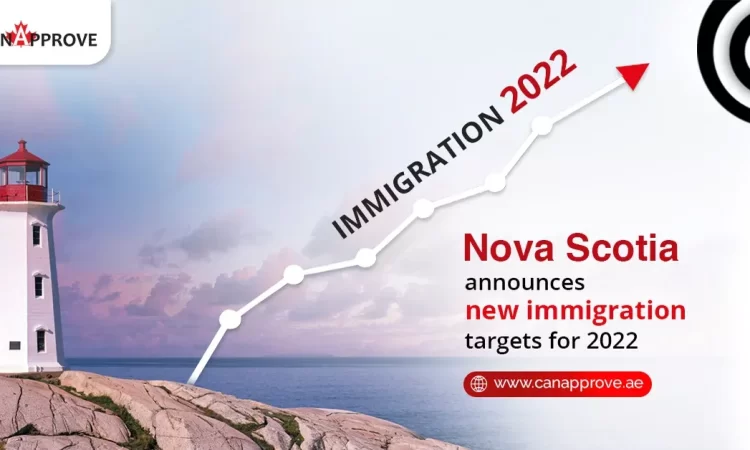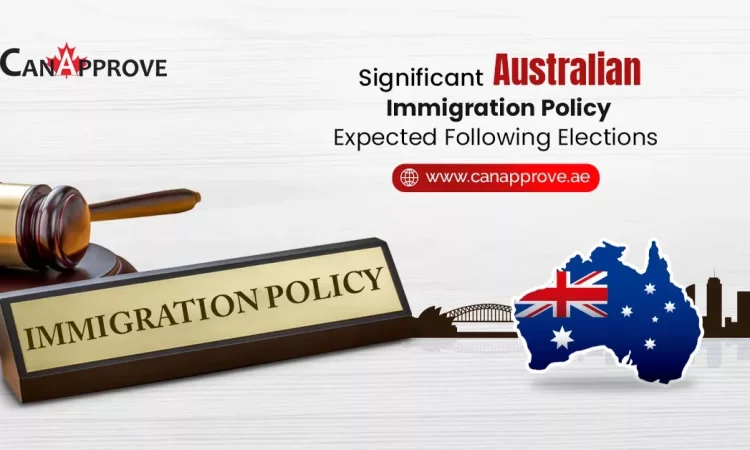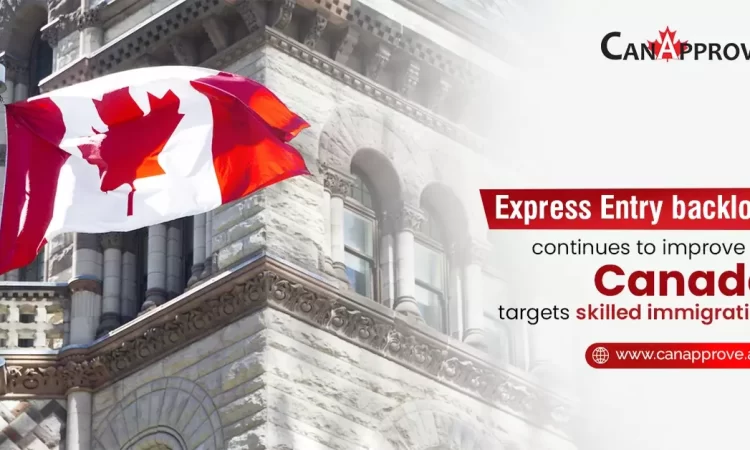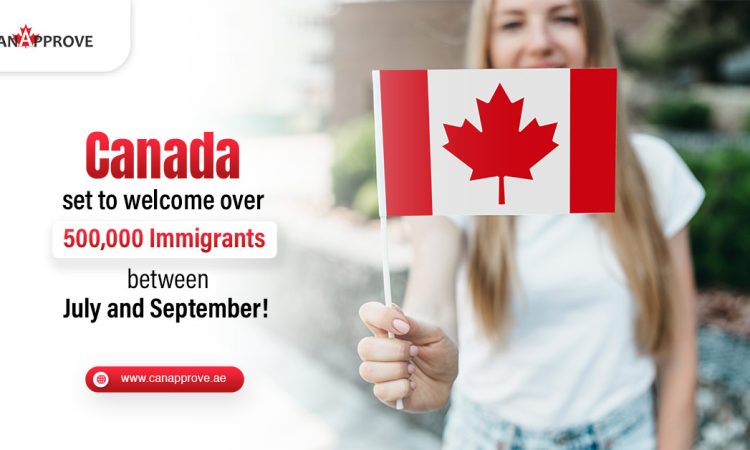Nova Scotia has confirmed 75% more allocations than 2021 for the Nova Scotia Provincial Nominee Program (NSNP), and the Atlantic Immigration Program (AIP) for 2022.
Usually, Immigration Refugees and Citizenship Canada (IRCC) determines the number of allocations each year based on the Immigration Levels Plan. For the current year 2022, IRCC increased the provincial nomination number to 5,340 and added 1,173 more endorsement spaces to the AIP.
| Nova Scotia Provincial Nominee Program is working to attract and retain more young people, entrepreneurs, and skilled workers in the field of healthcare, education, and construction. |
Nova Scotia provincial Budget 2022-23 includes an additional $1 million for immigration and population growth marketing campaigns. The province is also investing $1.4 million more for settlement services in communities across Nova Scotia and $895,000 for more staff to support immigration programs.
Any eligible foreigner can plan their immigration to Canada through provincial nomination from Nova Scotia in two ways:
- the Atlantic Immigration Program (AIP), and
- the Nova Scotia Provincial Nominee Program.
Immigration to Canada Through Nova Scotia Provincial Nominee Program
‘Enhanced’ stream offer registered candidates in the federal pool to be considered for provincial nominations. This guarantees permanent residency in Canada as additional 600 points are added to their overall qualifying score.
Eight different immigration streams under Nova Scotia Provincial Nominee Program include:
‘Enhanced’ PNP streams –
|
‘Base’ stream targets candidates from a separate pool and delinked from federal Express Entry. It targets candidates with specific skills and experience for temporary residence in Canada.
‘Base’ PNP streams –
|
Immigration to Canada through Atlantic Immigration Program
Atlantic Immigration Program (AIP) is now a permanent federal immigration to Canada program. It will open doors for additional 6,000 eligible candidates to apply for Canada Visa annually.
Atlantic Canada is comprised of four provinces: Nova Scotia, New Brunswick, Prince Edward Island, Newfoundland, and Labrador.
To apply under the AIP, candidates must have a job offer from a designated employer. They must have also had an individualized settlement plan.
| Through the AIP, over 10,000 newcomers arrived in Nova Scotia between 2017 –2021. Over this period of time, about 91% of immigrants stayed in the province. |
CanApprove is a registered consultant with the College of Immigration and Citizenship Consultants (CICC). The authorization makes us a genuine representative to offer various Canadian immigration services including finding jobs in Canada, settlement plans, and all other documentation support to aspirants across the globe.
With over two decades of experience in immigration & overseas education counseling, CanApprove becomes the natural choice in the region for aspiring immigrants to migrate to Canada from Dubai.
Take this free assessment online to determine your eligibility for immigration to Canada based on your work/academic credentials.
Book your free session with our advisors today!



















